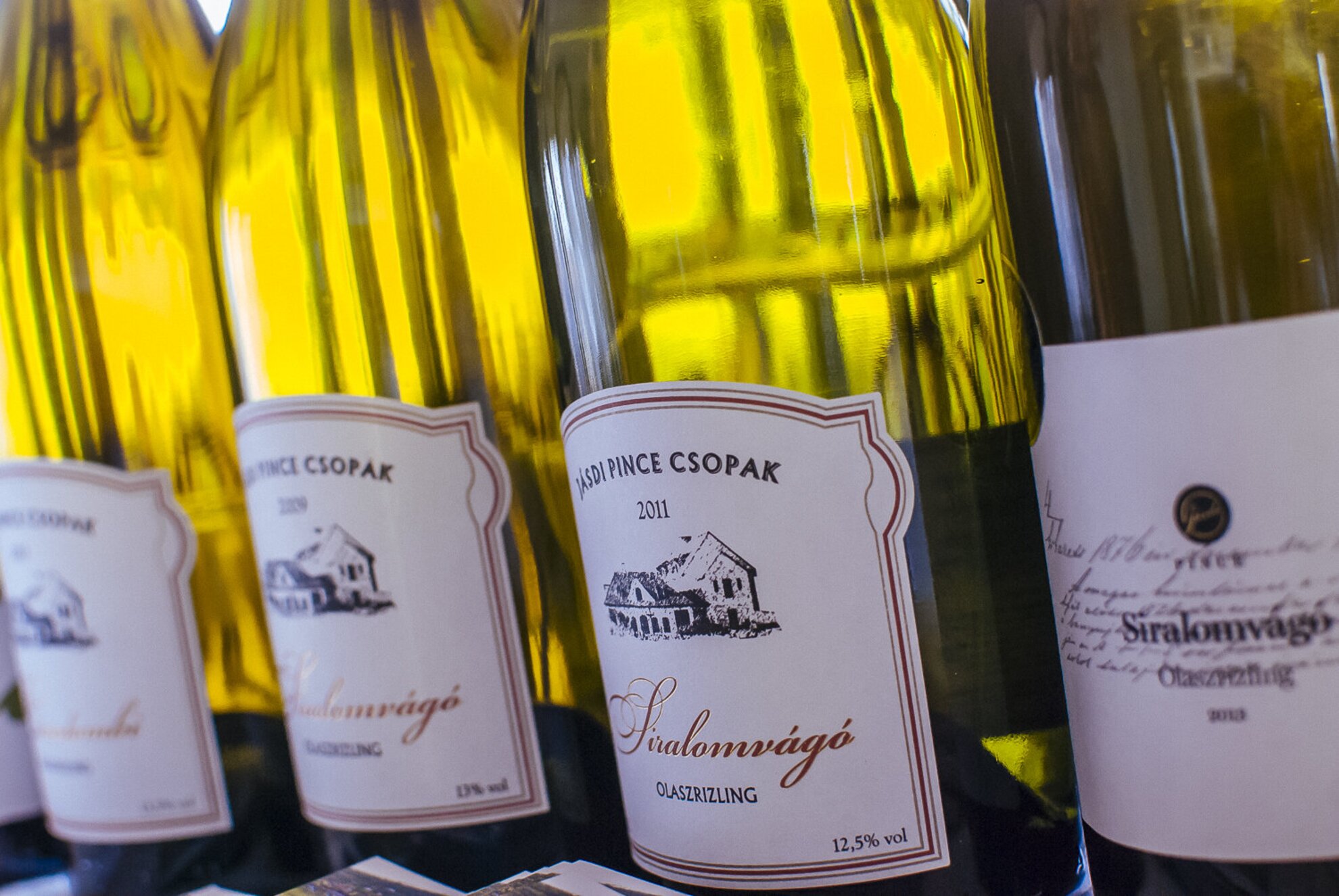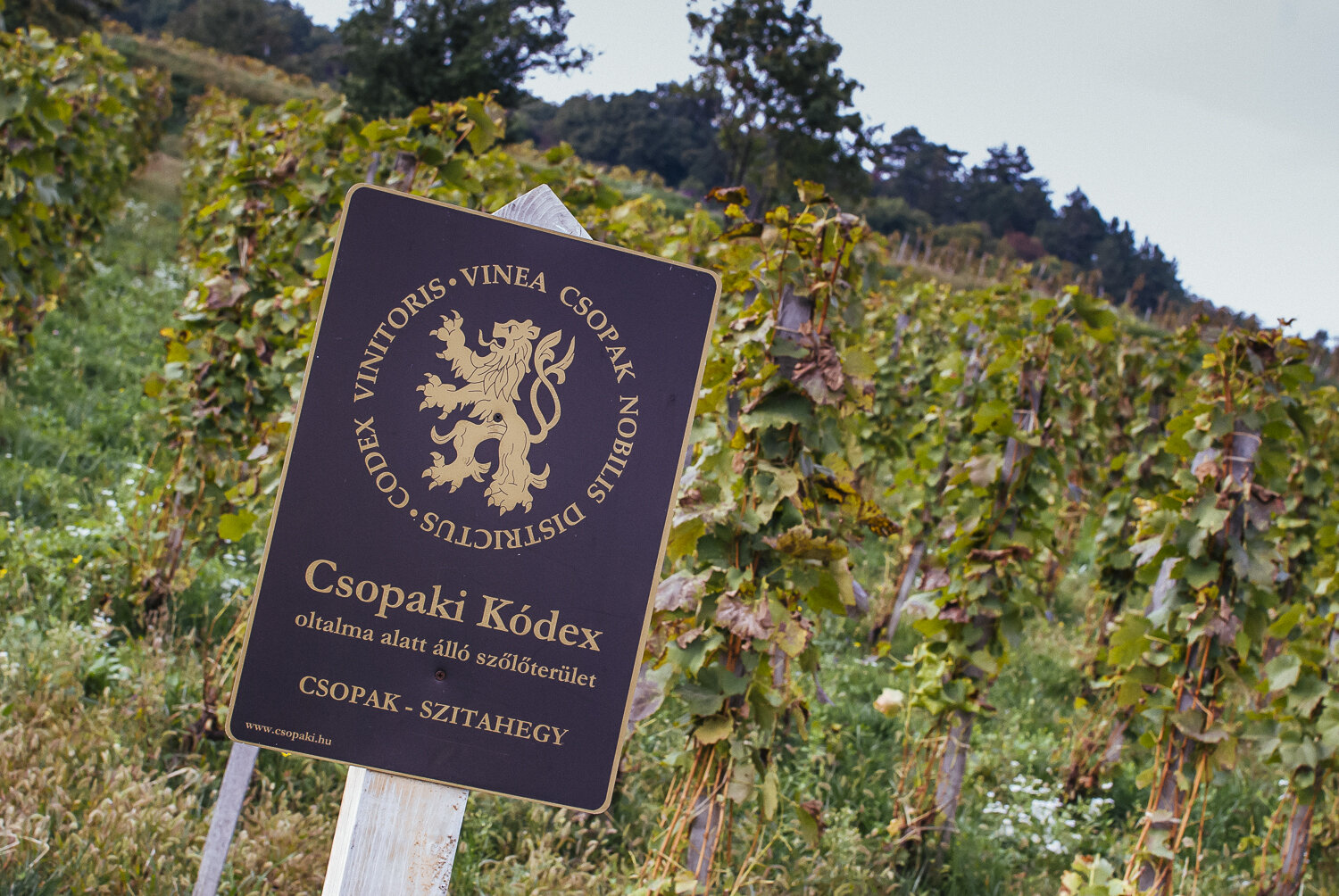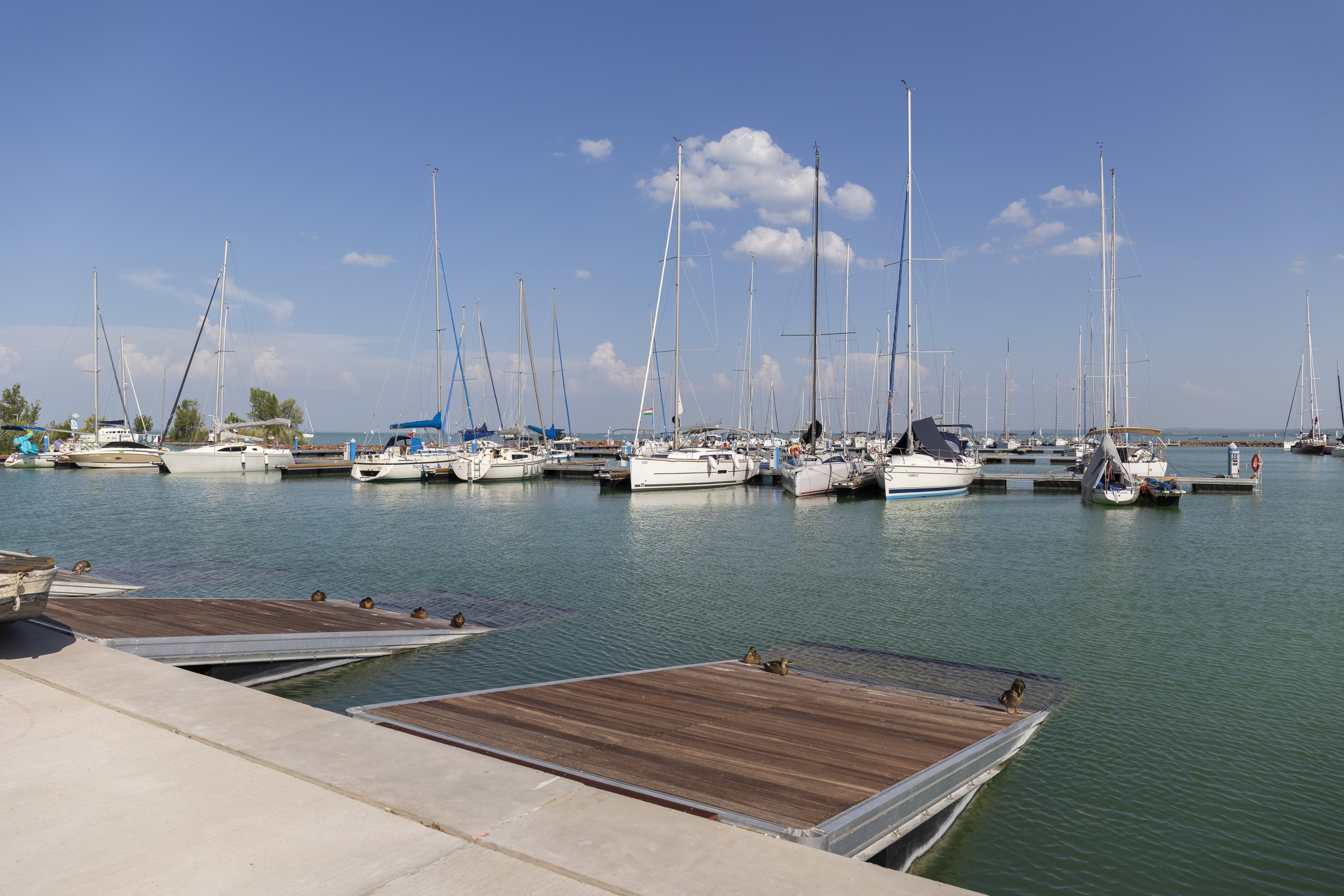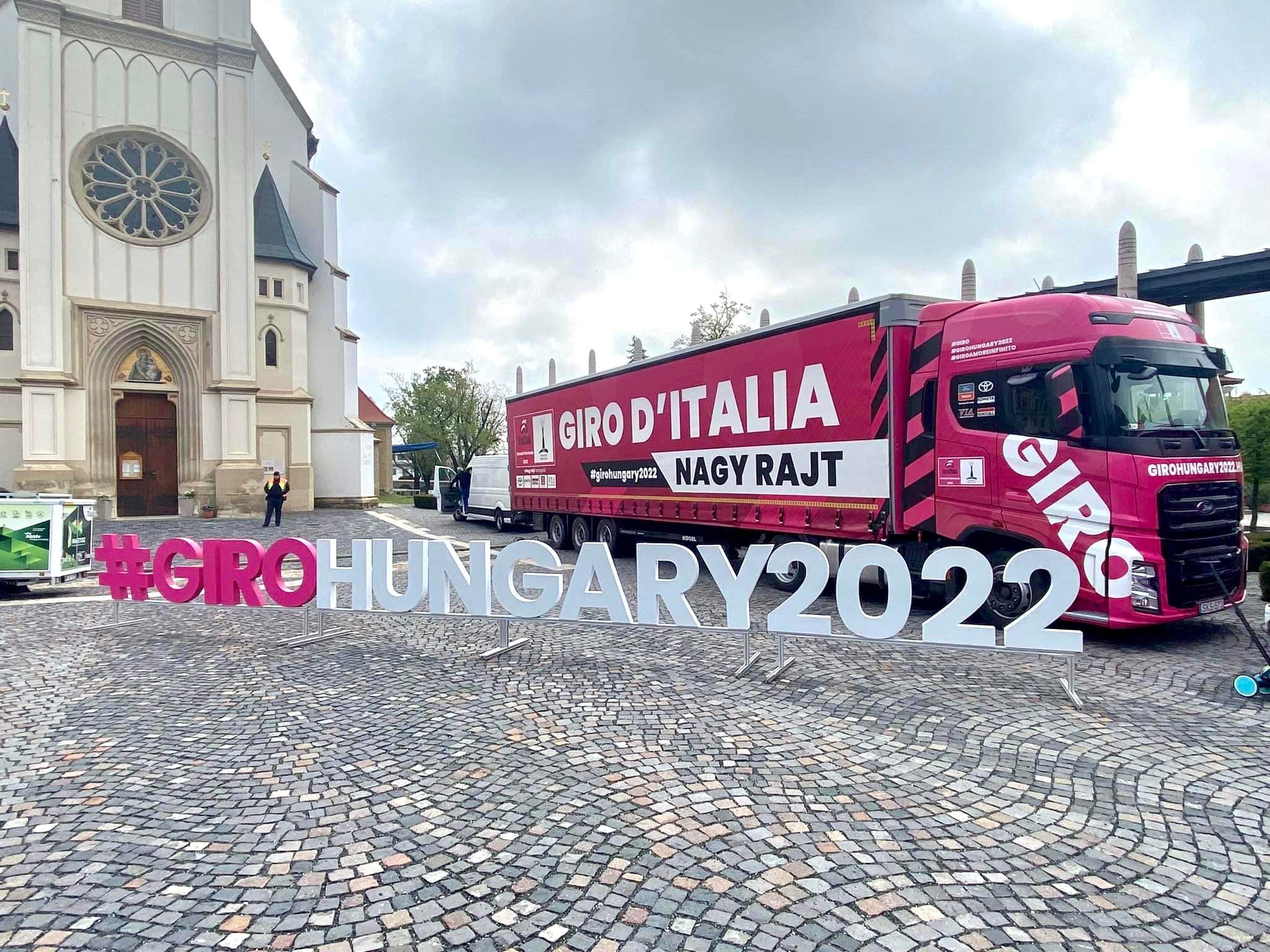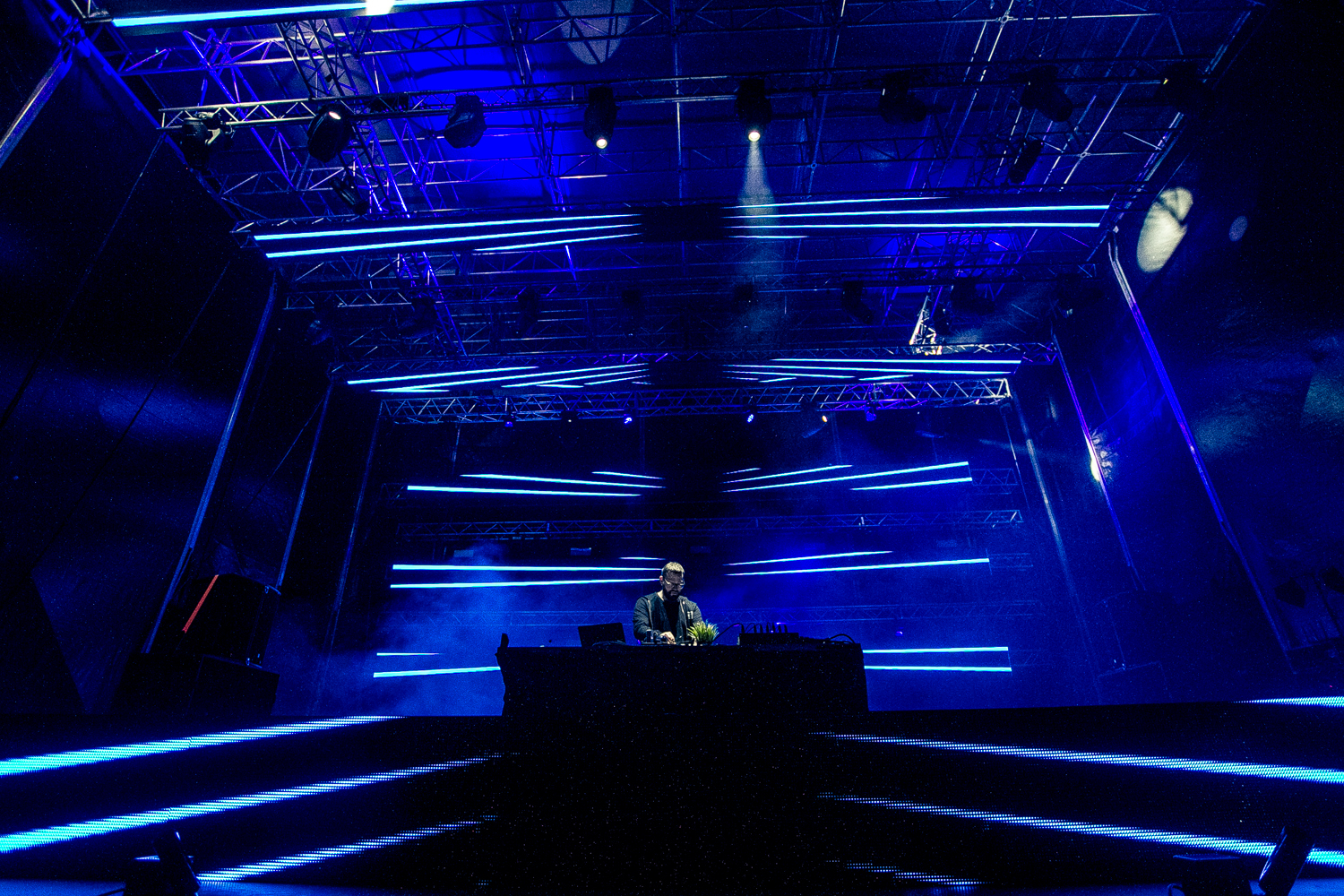Last Saturday, you could enjoy wine tastings and wine cellar tours at 5 venues in Csopak and at 1 location in Paloznak, all-day-long. In addition to Jásdi Winery (boasting of a picturesque panorama) and the Szent Donát Winehouse, the Söptei, the Koralevics and the Petrányi wineries of Csopak and the Homola in Paloznak received and entertained a flow guests.
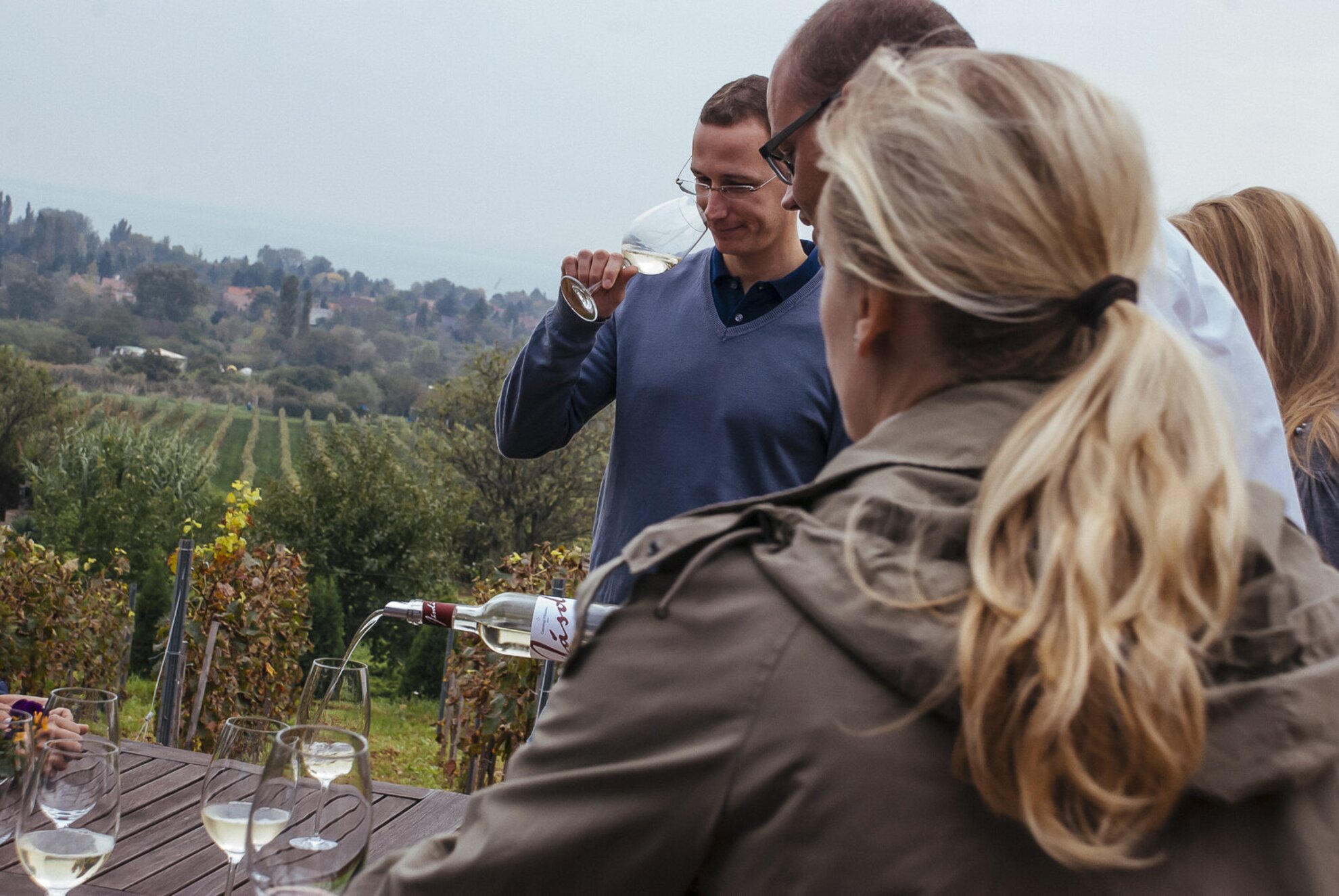
After this year's rainy summer, next year's autumn will definitely arrive with less good wine - this is already considered a certainty among the majority of Csopak's winemakers. But let us not rush forward, because there is still reason to celebrate this year! The weather in 2013 was favourable for the Welschriesling as well as for a lot of other varieties. The independent jury rewarded 13 wines of the 2013 vintage with the highest, Vinea Csopak Nobilis Districtus (VDNC Csopak) qualification.

From the gold category wines, we tasted Siralomvágó 2013 by the Jásdi Winery. It displayed slight mineral and herbal flavours, and was light and savoury. The Lőcedombi Welschriesling 2013 by István Jásdi was also justly chosen to be a Codex Wine. Less known but promising are the wines by the Guden Birtok. The Szent Donát Winery's Welschriesling from 2013 was pleasant when consumed in the authentic cellar, but the flavours multiplied when we sipped the second glass on the winery's terrace, gazing at the Balaton panorama.
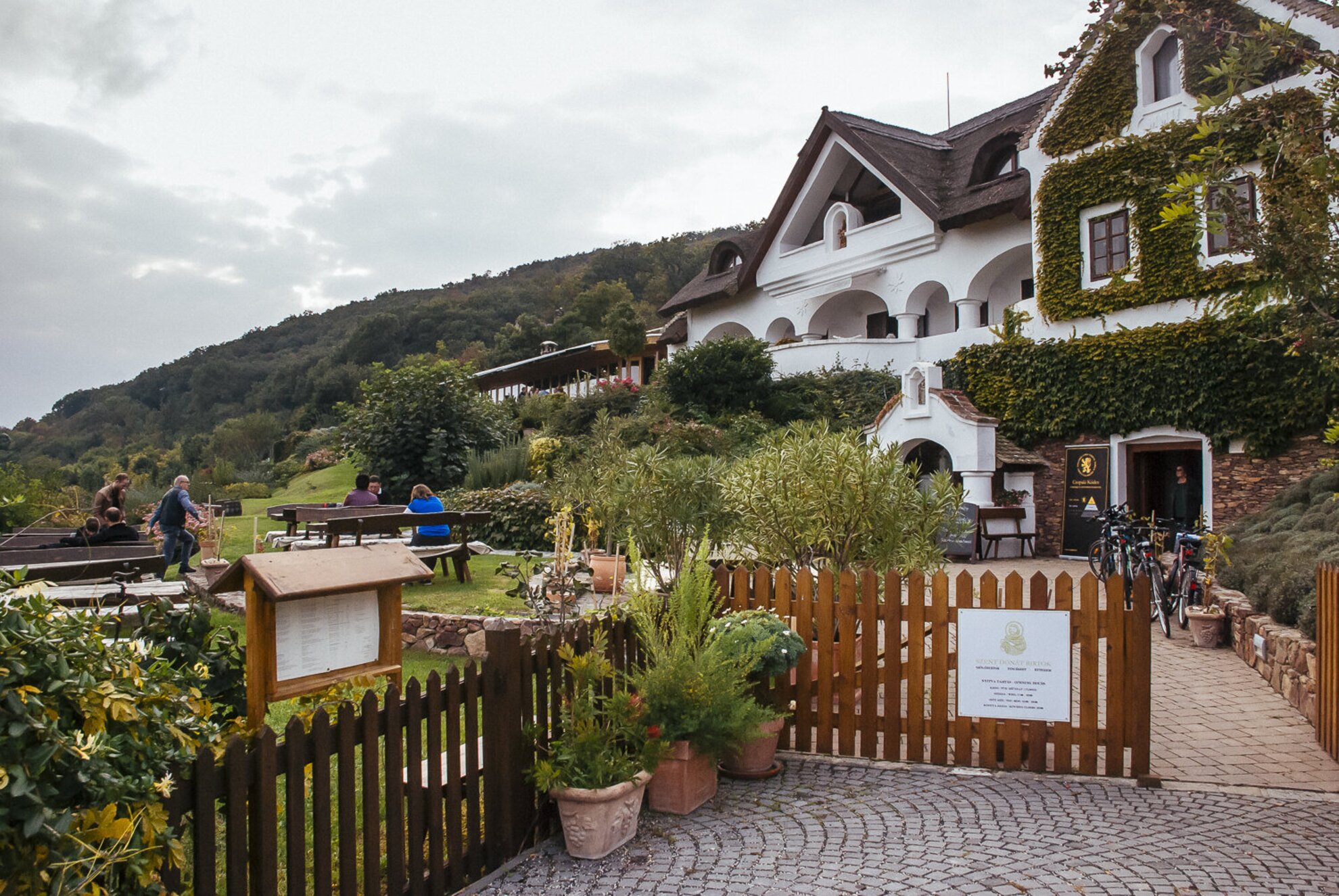

We had the vintner of the Szent Donát Winery and secretary of the Csopak Codex, Tamás Kovács guide us among the rules of the uniform, but by no means simple rating system of the Csopak wine region. The goal of the Codex that was drawn up in cooperation with istván Jásdi is to preserve the wine culture of Csopak. And, accordingly, a wine must fit strict criteria to be granted the title "csopaki", meaning "of Csopak".
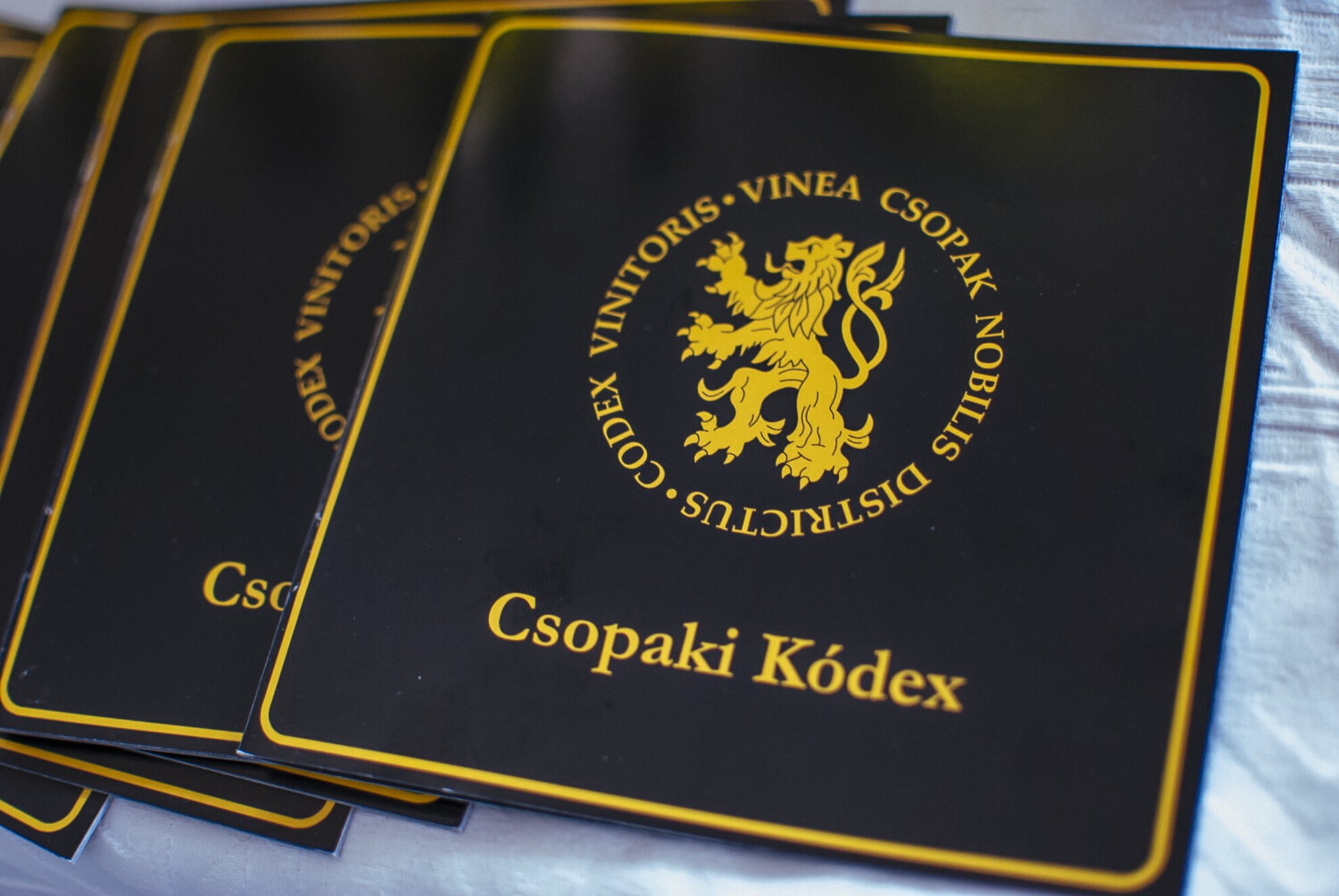
The grape can only originate from the 26 protected, first class vineyards, and only wines made of the Welschriesling variety can be labelled Csopaki. These are the fundamental requirements stated by the Codex, which, when fulfilled entitle the Welschriesling in question to the basic, VDN Csopak qualification. There are of course additional requirements to fulfil, such as the minimum alcohol content of 12% and bottled distribution. The gold category, VDNC Csopak qualification has even stricter requisites. In this case, the end product is not everything; the vine pruning technique, the cellar processes, the harmony of the alcohol and the acid content and a row of other factors also play a part. The winemakers who wish to have their wines judged in this category must be ready for all-round inspection at all times. For a greater insight to the Csopaki Kódex, Tamás Kovács recommends the browsing of the official homepage - which for the moment is only available in Hungarian.
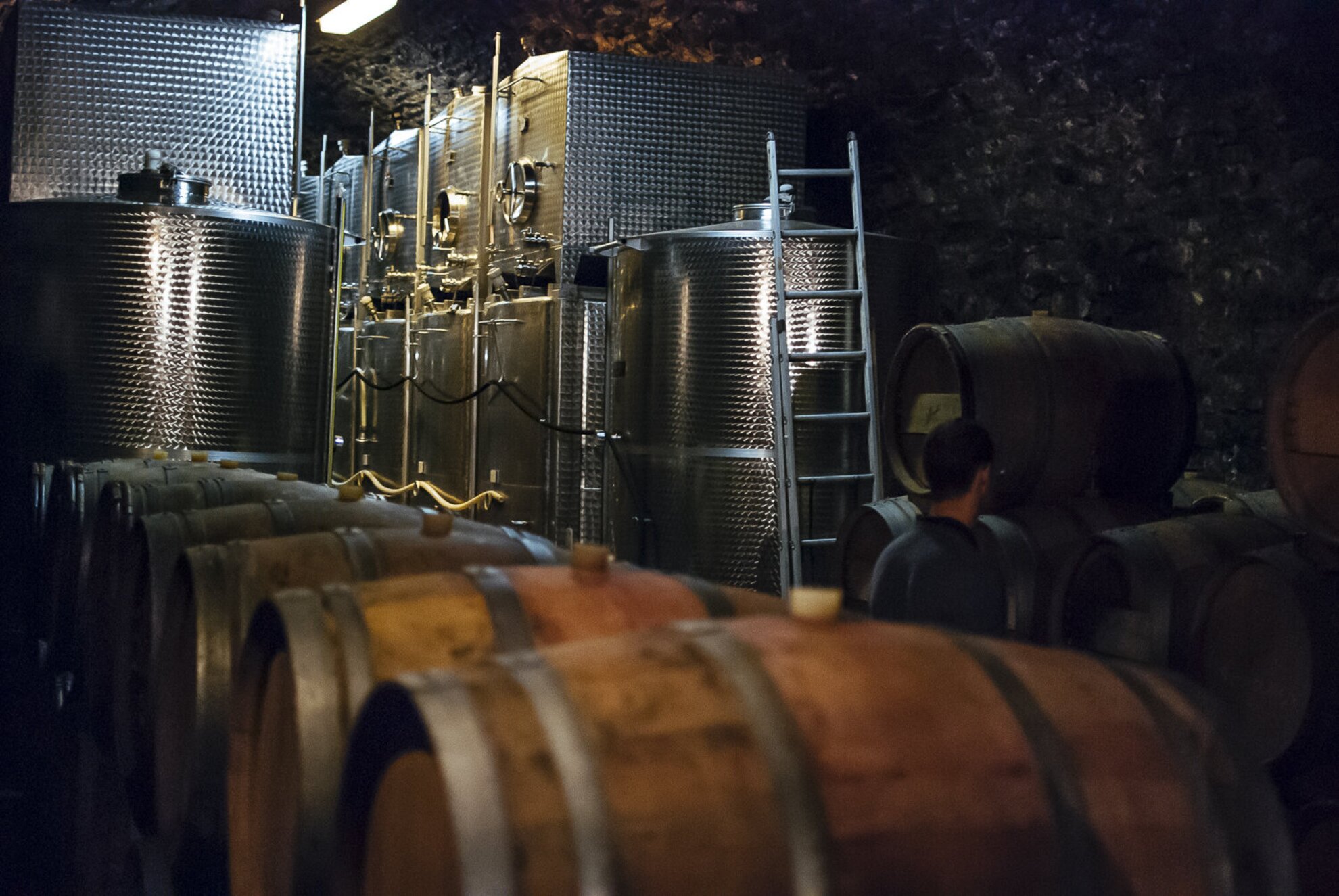
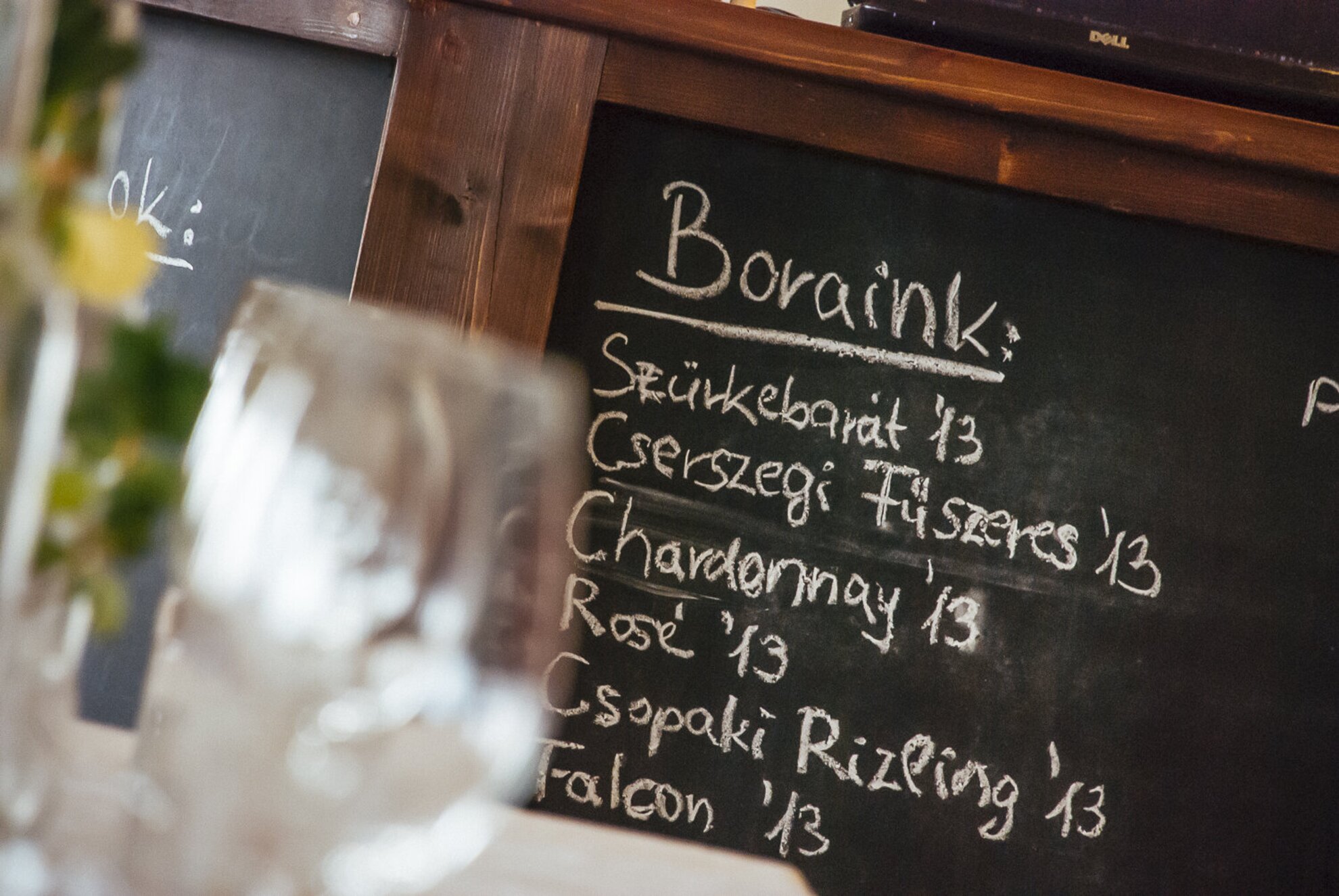
The real point of the Csopak Codex is the comparability of the wines of this region. I.e. the creation of a set of standards in which Csopak wines show uniformity, but above which all wineries should create their own characteristic world of flavours.
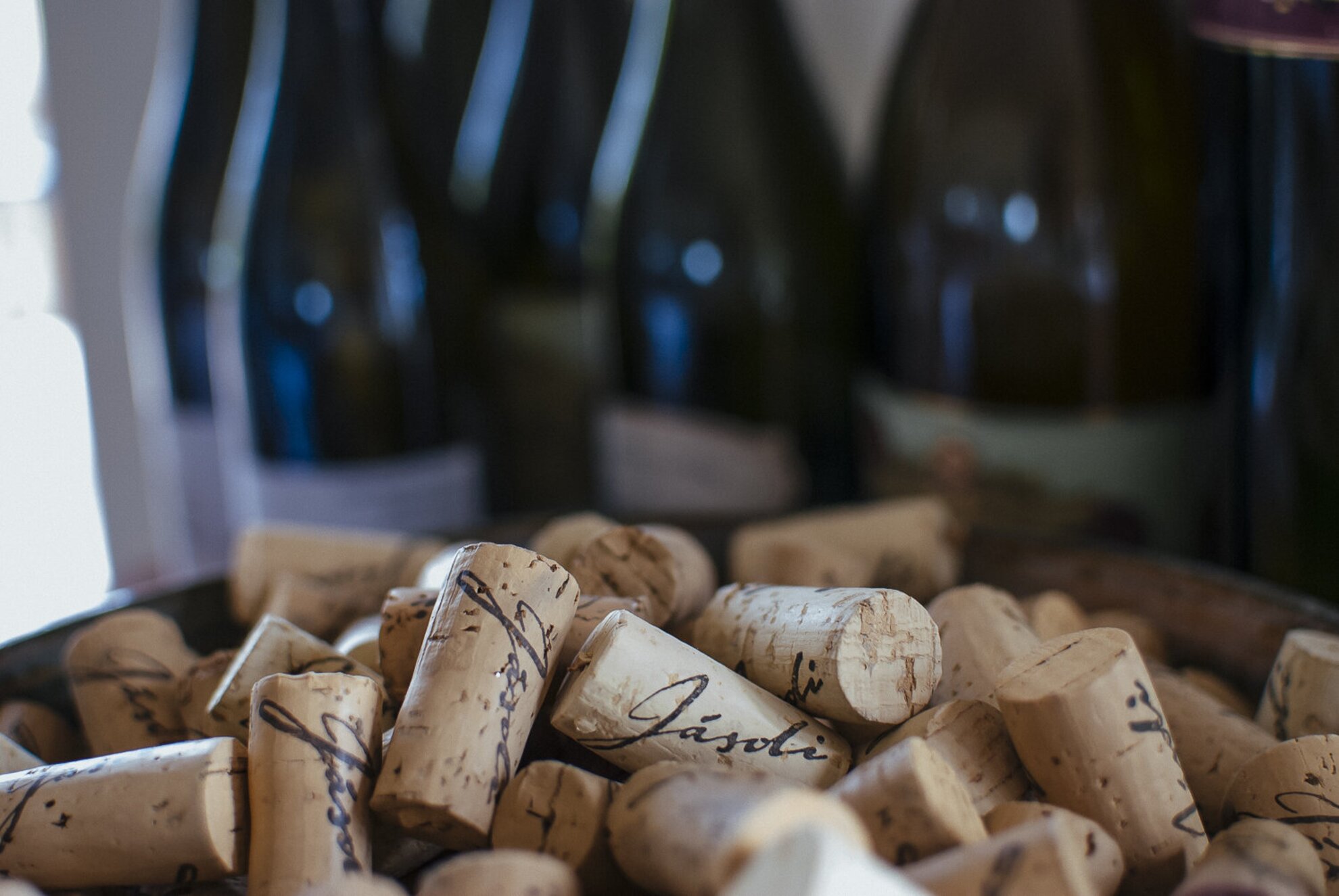
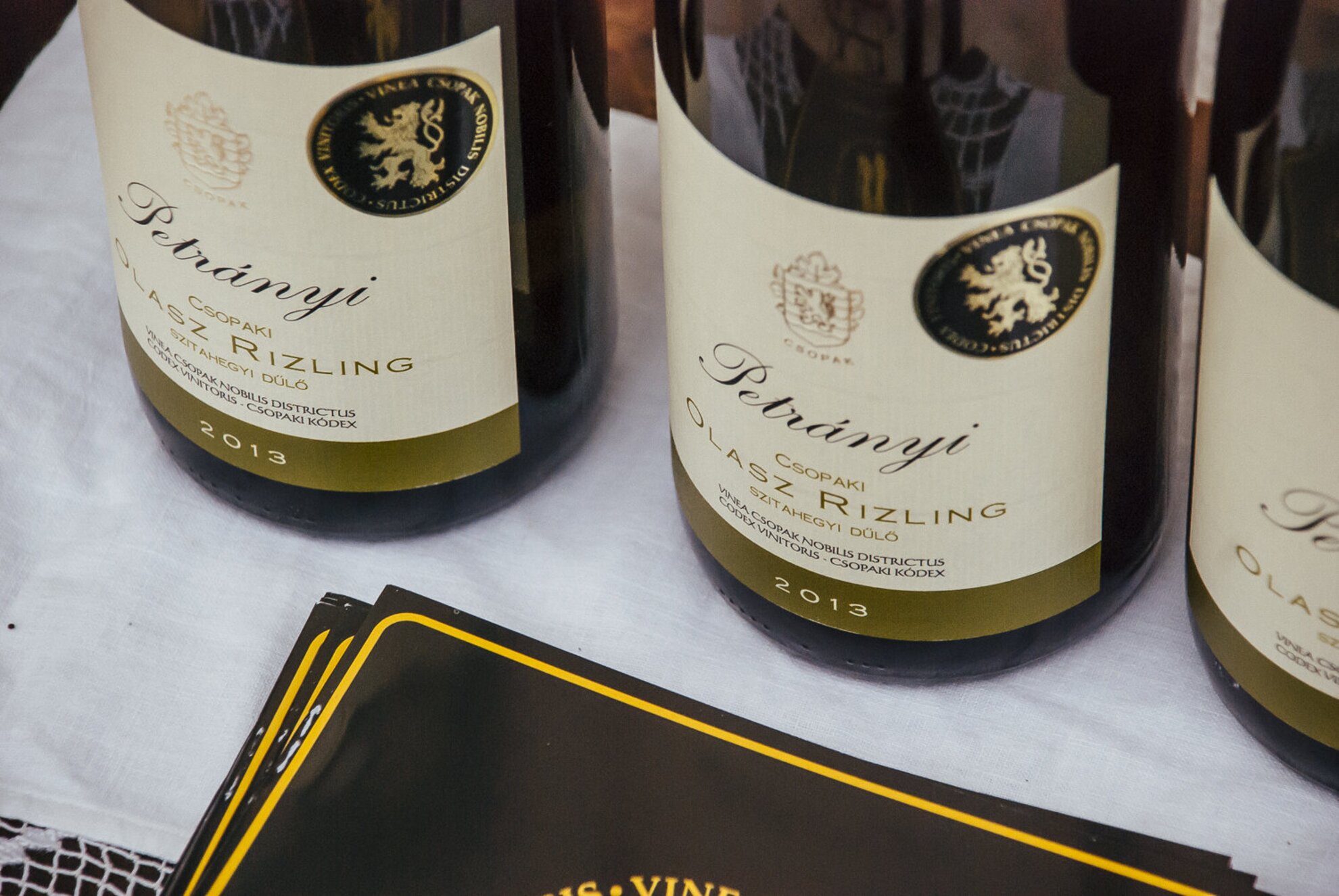
So what will the Csopaki Welschriesling 2014 be like? István Jásdi, for one, decided after the harvest not to make a Codex wine from the crop of 2014. 'Oenology cannot substitute for what the grapes lack. Thus one has to be able to give up gold category wines in bad vintages, otherwise they would put their own credibility at risk. This is why we did not make a Codex wine in 2012. The system of rules must not be adjusted to the actual vintage, we must keep to our set of standards even in years that are worse.'
